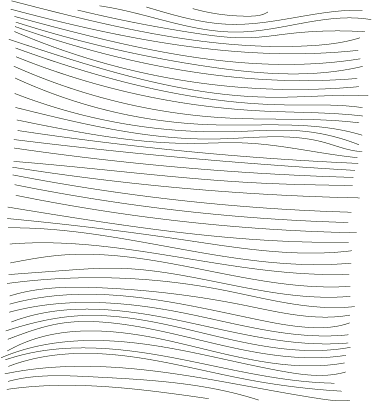Home » Storie
The voices of Jews from North Africa and the Middle East paint a portrait of highly diverse Jewish communities. Their stories bring to light not only moments of daily life and major historical events of the twentieth century, but also places, relationships, scents, rituals, and emotions that shaped their existence for a long time before they left their homeland for good. These accounts evoke the histories of communities that no longer exist, yet have found new life and expression in Italy.



Gender
Country of origin
North African or Middle Eastern country where the interviewee spent most of their life before arriving in Italy
Year of birth:
Year of arrival in Italy:
Age at arrival in Italy:
Reasons for departure
From the North African or Middle Eastern country where the interviewee spent most of their life before arriving in Italy
Arrival in Italy
Trip to Italy
The voices of Jews from North Africa and the Middle East paint a portrait of highly diverse Jewish communities. Their stories bring to light not only moments of daily life and major historical events of the twentieth century, but also places, relationships, scents, rituals, and emotions that shaped their existence for a long time before they left their homeland for good. These accounts evoke the histories of communities that no longer exist, yet have found new life and expression in Italy.
Story narratives

Come leggere i data portrait
I dati rappresentati nei data portrait riguardano il genere, l’età all’arrivo in Italia, il decennio di arrivo in Italia, il paese di origine, i motivi della partenza, se il viaggio ha incluso tappe intermedie o è stato diretto e se la persona ha viaggiato da sola o con la famiglia.


Genere ed età all’arrivo in Italia
Femmina, età 0-9

Femmina, età 10-19

Femmina, età 20-29

Femmina, età 30-39

Femmina, età 40-49

Femmina, età 50-59

Femmina, età 60-69

Femmina, età 70-79

Femmina, età 80-89

Femmina, età 90-99








Maschio, età 80-89


Decennio di arrivo in Italia



1960

1970

1980

Paese di origine

Egitto

Iran

Libano

Libia

Siria

Tunisia


Politici

Economici

Studio

Personali

Viaggio diretto o con tappe intermedie prima dell’arrivo in Italia

Viaggio diretto

Tappe intermedie

Arriva in Italia da solo/a o con familiari

Cos’è un data portrait
Un data portrait è un’interpretazione artistica di un set specifico di dati riguardanti un individuo, che viene quindi ritratto a partire dai dati, anziché raffigurarne l’aspetto fisico come nei ritratti tradizionali. I data portrait sono rappresentazioni visive che mediano tra la visione dell’artista, i dati del soggetto e l’interesse del pubblico (Donath et al., 2010).
Seguendo questo concetto, i data portrait sviluppati da Sara Radice specificamente per il progetto TRAME forniscono un “ritratto” delle persone rappresentate, basato su alcuni dati specifici di interesse per il progetto e indipendente dal loro aspetto fisico.
Bibliografia e crediti
Judith Donath, Alex Dragulescu, Aaron Zinman, Fernanda Viégas, Rebecca Xiong; Data Portraits. Leonardo 2010; 43 (4): 375–383. doi: https://doi.org/10.1162/LEON_a_00011.
I data portraits ideati per questo progetto traggono ispirazione da alcuni progetti di data portraits di Giorgia Lupi, come, per esempio, l’installazione fisica “…Ma poi, che cos’è un nome? ” sviluppata per la Fondazione CDEC presso la Triennale di Milano nel 2018 e i TED Data Portraits del 2017.
How to read the data portraits
The data represented in the portraits include gender, age at arrival in Italy, decade of arrival in Italy, country of origin, reasons for departure, whether the journey included stops or was direct, and whether the person traveled alone or with family.


Gender and age at arrival in Italy
Female, age 0-9

Female, age 10-19

Female, age 20-29

Female, age 30-39

Female, age 40-49

Female, age 50-59

Female, age 60-69

Female, age 70-79

Female, age 80-89

Female, age 90-99
Male, ages 0-9

Male, ages 10-19

Male, age 20-29

Male, age 30-39

Male, age 40-49

Male, age 50-59

Male, age 60-69

Male, age 70-79

Male, age 80-89

Male, age 90-99

Decade of arrival in Italy

1940

1950

1960

1970

1980

Country of origin

Egypt

Iran

Lebanon

Libya

Syria

Tunisia

Reasons for departure from the country of origin

Politics

Economic

Study

Personal

Direct trip to Italy or with one ore more intermediate stops

Direct trip

With one ore more intermediate stops

She/He arrived in Italy alone or with family members

She/He arrived in Italy alone
She/He arrived in Italy with family members
What is a data portrait
A data portrait is a form of artwork that visually represents a specific set of data about an individual, rather than depicting their physical appearance like traditional portraits. Data portraits are subjective renderings that mediate between the artist’s vision, the subject’s data, and the audience’s interest (Donath et al., 2010).
Following this concept, the data portraits designed by Sara Radice specifically for the project TRAME allow for an understanding of a person through various data points, enhancing the viewer’s understanding of the subject beyond their physical appearance.
References and credits
Judith Donath, Alex Dragulescu, Aaron Zinman, Fernanda Viégas, Rebecca Xiong; Data Portraits. Leonardo 2010; 43 (4): 375-383. doi: https://doi.org/10.1162/LEON_a_00011.
The data portraits designed for this project draw inspiration from the data portraits projects designed by Giorgia Lupi, such as the physical installation “…Ma poi, che cos’è un nome?” for the CDEC Foundation at the Milan Triennale Museum in 2018 and the TED Data Portraits in 2017.